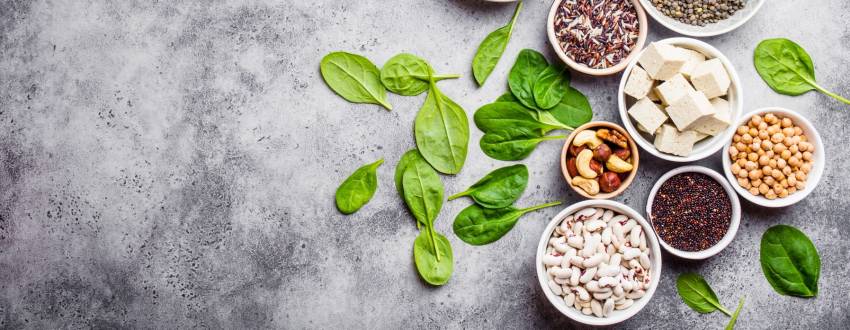If you’re a vegetarian – or if you’re cooking for a vegetarian – you may be struggling to prepare a variety of meals with sufficient protein. As a vegetarian myself, I understand that eating steamed tofu or canned beans with most meals can get boring pretty quickly. Though plant-based eating may seem limited at first, a vegetarian diet actually allows for tremendous variety – it just takes some thought and creativity to sneak more protein into your meals. See my suggestions below for clever ways to add more plant-based protein to dishes that you’re likely cooking already. (Many of these suggestions also work well for adding more protein into kids’ diets.)
Add Plant-Based Protein to Soups
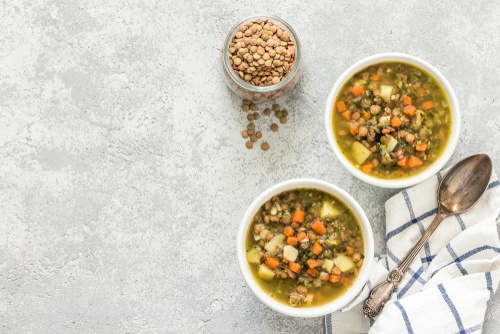
Though soups contain lots of filling fiber due to their vegetable content, it’s rare for them to have substantial amounts of protein. To transform a vegetable-based soup into more of a complete meal, add cooked lentils or quinoa to your soup before pureeing it. Additionally, you may consider using white beans or chickpeas to thicken your soup instead of potatoes.
Add Plant-Based Protein to Lasagna + Pastas

To make a protein-packed lasagna, mash tofu with cottage cheese, ricotta cheese, or whatever other filling you’re using before layering it with the pasta. Similarly, silken tofu can be blended with cheese, garlic and other spices to be used as a white sauce on top of pasta. If you prefer a red sauce, you can blend kidney beans or red lentils with tomato sauce and serve over pasta or your grain of choice.
Add Plant-Based Protein to Avocado Toast
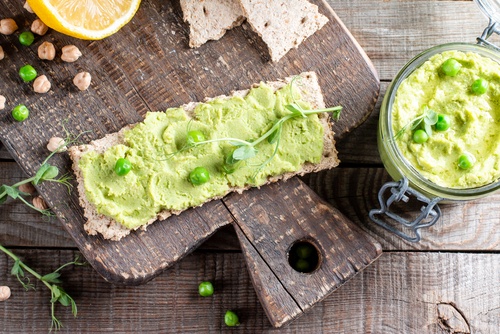
To add some more protein to this popular breakfast food, you can mash chickpeas or peas with avocado before spreading the mixture onto your toast. Top the avocado mixture with a squeeze of fresh lemon, salt and pepper. This protein-rich breakfast or brunch will keep you feeling full for longer than traditional avocado toast would.
Add Plant-Based Protein to Pancakes, Waffles, Oatmeal, Cereal, and Yogurt
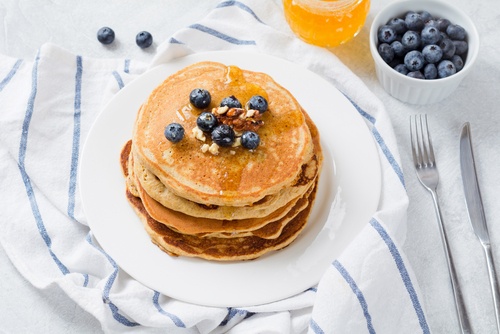
Dress up your pancakes, waffles, oatmeal, cereal, and yogurt with some additional protein. You can do this by drizzling over some nut butter or sprinkling some hemp or chia seeds and/or chopped nuts. If you dislike the sticky texture of nut butters, you can still incorporate these healthy fats into your diet by mixing nut butter into homemade granola before baking, for example. Additionally, if you like the taste of halva, you can utilize tahini to your advantage – mix some tahini paste with water and maple syrup and drizzle this sweet mixture over any of the above items for a creative protein-boosting treat.
Add Plant-Based Protein to Baked Goods
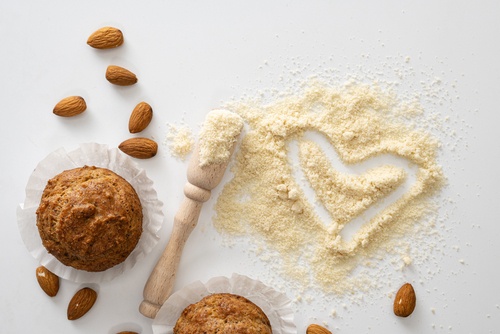
Challah, cookies, muffins, and cakes, although delicious, often do not contain much protein. The result is that, though these items may satisfy your hunger temporarily, you will likely be feeling hungry again pretty soon after eating them, unless you pair them with other protein-rich foods. In order to prolong your satiety after eating these items, consider mixing nut butters, tahini and/or chopped nuts into doughs and batters before baking. Additionally, almond flour can be added to pie crusts and batters. This will add a nutty texture as well as some extra protein.
For exact guidelines on how to use almond flour in a recipe, see HERE.
Add Plant-Based Protein to Dips and Spreads
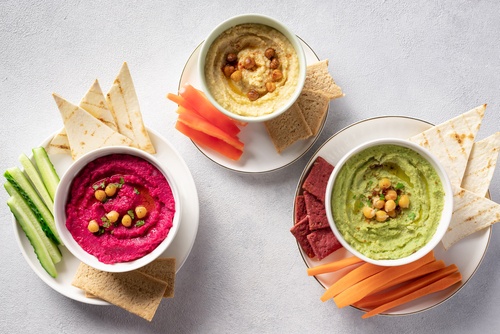
Create a protein-rich, satisfying dip or spread for crackers, breads, wraps, and/or rice cakes by blending peas, edamame, chickpeas, or beans with olive oil, salt, pepper, and lemon juice. You can add extra produce – such as tomatoes, olives, peppers, or garlic – to add more flavor (and nutrition) to your dip, or you can keep things simple by following the rough recipe outlined above.
Add Plant-Based Protein to Casseroles, Quiches, and Frittatas
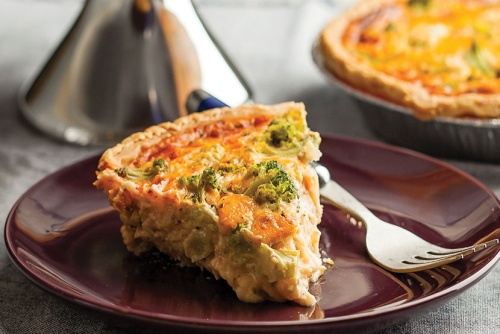
Nutritional yeast, also called brewer’s yeast, is typically fortified with vitamins that vegetarians may lack, such as vitamin B12. However, the yellow, flaky product also contains a decent amount of protein. Due to its yellow color and cheesy flavor, nutritional yeast can easily be incorporated into egg-based dishes, such as casseroles, quiches, and frittatas.
Add Plant-Based Protein to Frozen or Creamy Desserts
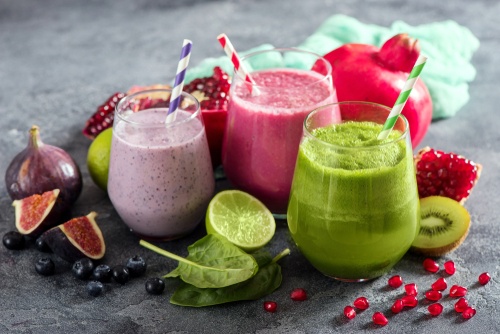
To increase the protein content of frozen desserts such as mousses, smoothies, ice creams, cheesecakes and frozen pies without changing the flavor too much, you may want to add silken tofu to the recipe. When blended or mashed, silken tofu can take on a creamy texture similar to that of many frozen desserts. Almond butter or peanut butter can also be blended into cream-based desserts, frozen pies, and frostings for additional flavor and satisfaction.
When adding tofu to a recipe, mash and incorporate into mixture until desired texture is achieved.
Are you a vegetarian, or do you cook for one? How do you make sure your meals have enough protein? What protein-boosting tips from this article are you looking forward to trying? Comment your thoughts below to help inspire others!


